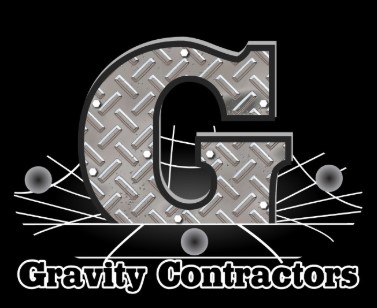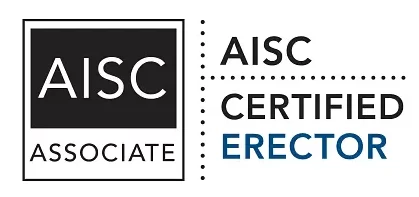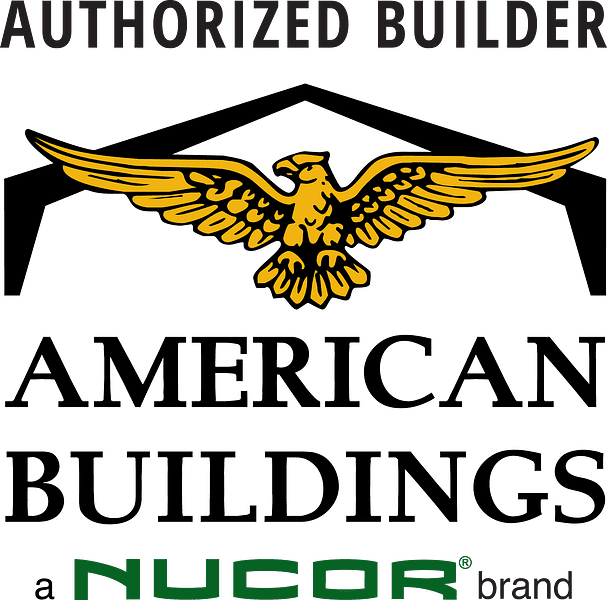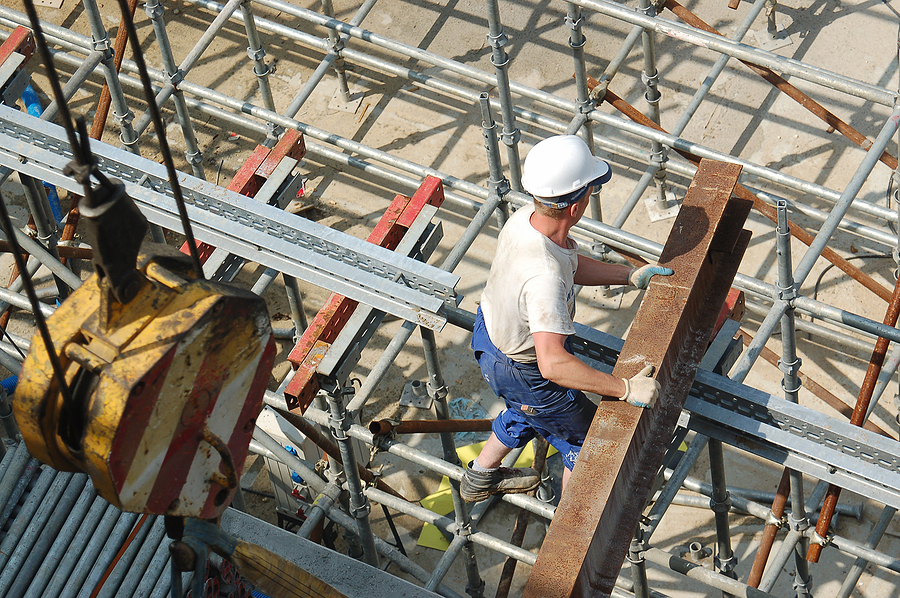When planning a new building project, choosing the right construction method is a crucial decision. The two primary options are pre-engineered metal buildings (PEMBs) vs. traditional construction methods, such as wood or concrete. Each approach has its own advantages, making it essential to weigh the benefits and limitations before making a decision.
So, how do pre-engineered metal buildings vs. traditional construction compare? Let’s answer that question and more in this article.
What Are Pre-Engineered Metal Buildings (PEMBs)?
PEMBs are factory-fabricated steel structures that are designed, engineered, and manufactured in advance, then shipped to a construction site for assembly. These buildings are often used for warehouses, manufacturing facilities, retail centers, and even residential projects.
What Is Traditional Construction?
Traditional construction refers to conventional building methods using materials like wood, concrete, or masonry. This approach offers more design flexibility but often involves longer construction times and higher labor costs.
Steel vs. Traditional Construction: A Comparison
Below we will compare steel vs. traditional construction:
Speed of Construction
One of the biggest advantages of PEMBs is their quick construction time. Since the components are pre-engineered and fabricated off-site, assembly is significantly faster than traditional construction.
A PEMB can be completed 30% to 50% faster than a traditional building, reducing labor costs and downtime. Traditional construction requires extensive on-site work, such as framing, masonry, and finishing, leading to longer project timelines.
Cost Efficiency
Budget is always a key consideration in any building project. PEMBs generally offer a more cost-effective solution due to:
- Reduced material waste.
- Lower labor costs since fewer workers are needed for assembly.
- Predictable pricing since materials are pre-fabricated.
Traditional construction, on the other hand, often involves higher labor and material costs due to customization, on-site adjustments, and longer build times.
Durability and Maintenance
Steel is stronger and more durable than wood and concrete in many applications. Steel buildings are resistant to:
- Fire (reducing fire insurance costs).
- Pests, such as termites and rodents.
- Weather-related damage, such as hurricanes and heavy snow loads.
Traditional structures, particularly those made of wood, require more maintenance over time, including repainting, termite treatments, and repairs due to weathering.
Sustainability and Environmental Impact
If sustainability is a priority, PEMBs have a significant advantage.
Steel is 100% recyclable, making PEMBs an eco-friendly option. Many pre-engineered buildings use energy-efficient materials, reducing heating and cooling costs.
According to the U.S. Department of Energy, steel-framed structures improve energy efficiency by reducing air leakage compared to traditional construction
Traditional construction, particularly wood-framed buildings, has a larger environmental impact due to deforestation and higher waste generation.
Design Flexibility
PEMBs offer customization options, but they are somewhat limited compared to traditional construction.
They are ideal for large, open spaces, such as warehouses and industrial buildings. However, complex architectural designs may be more difficult to achieve with steel framing alone.
Traditional construction allows for more intricate and detailed designs, making it a better choice for residential homes, high-end commercial buildings, and unique architectural projects.
Resale Value and Longevity
Steel buildings last longer and often have higher resale values due to their durability and minimal maintenance requirements. Traditional buildings, while offering more aesthetic appeal, may suffer from depreciation due to maintenance needs over time.
Which Construction Method Is Right for You?
The decision between pre-engineered metal buildings vs. traditional construction depends on several factors:
- Budget: If cost savings and efficiency are priorities, PEMBs are the better option.
- Timeline: Need a building fast? Go with PEMBs.
- Design Preferences: If a highly customized or intricate design is essential, traditional construction is more flexible.
- Long-Term Maintenance: Steel buildings require less maintenance, making them more cost-effective over time.
- Environmental Concerns: Steel structures are more sustainable and energy-efficient.
Get Expert Guidance on Your Next Project
Whether you choose pre-engineered metal buildings or traditional construction, working with an experienced contractor ensures the best results.
At Gravity Contractors, we specialize in high-quality, cost-effective building solutions tailored to your needs.
Contact us today to discuss your project and get a free consultation!



